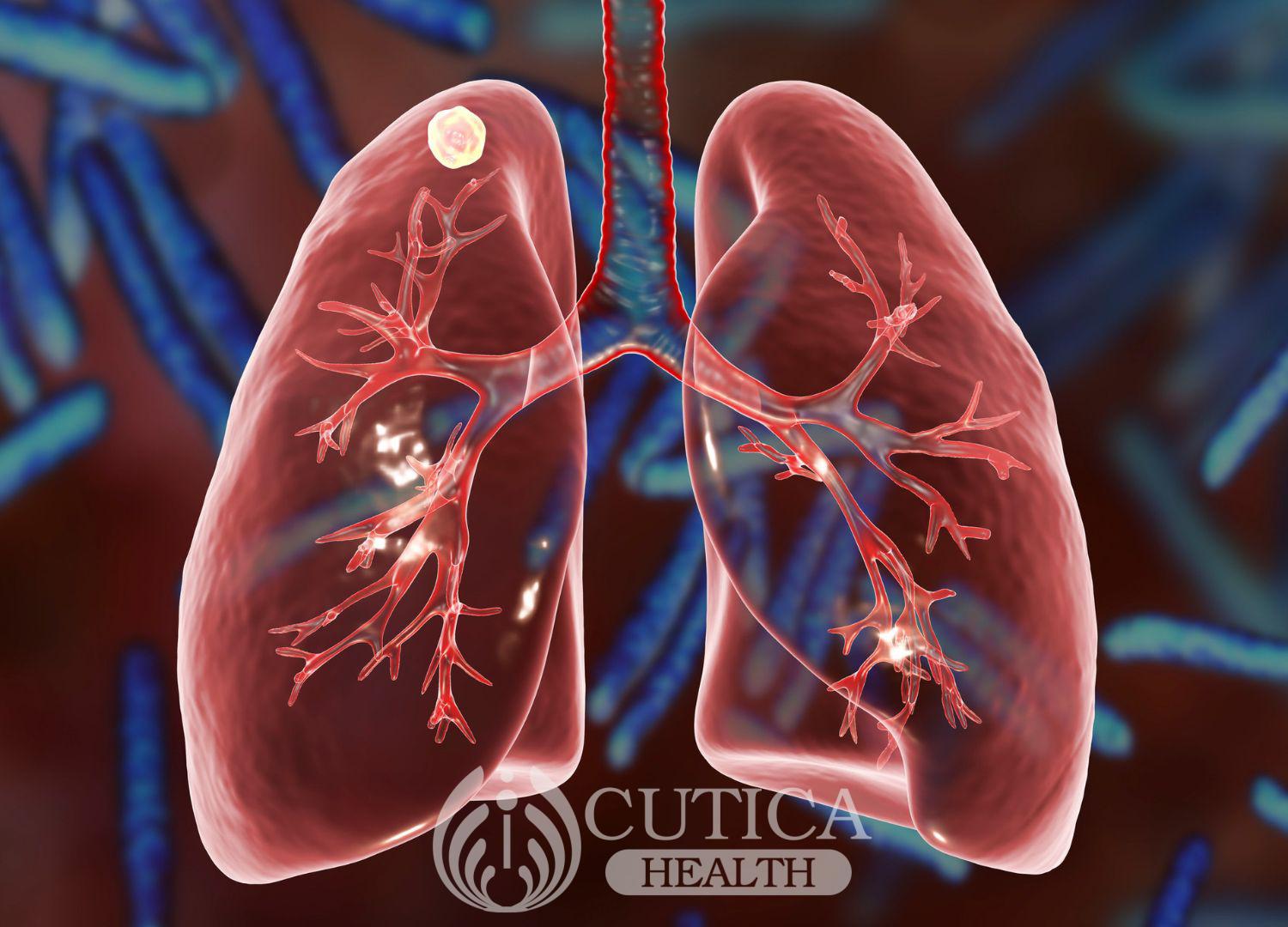
Red blood cells carry oxygen all over the body through a protein called hemoglobin. In sickle cell anemia, this protein is defective, impairing the ability of blood to transport oxygen. The red blood cells are normally round and flexible, but in sickle cell anemia, the red blood cells assume a rigid, sickle shape that is broken down faster and does not carry oxygen sufficiently. These cells are as sticky as they are rigid and, as a result, get stuck in tiny blood vessels, resulting in blockage of oxygen to some parts of the body.
Common issues that persons with this condition have to deal with include:
Recurrent Low Blood Levels
People who suffer from sickle cell anemia face this peculiar challenge because unlike normal red blood cells whose life span is about 120 days, sickle cells have a life span of just 10 to 20 days. As a result, persons with sickle cell anemia suffer from all the symptoms of low blood levels and may need frequent blood transfusions. Further, these patients are placed on daily blood boosting drugs to top up their blood levels constantly.

Crises
Remember the shape of normal red blood cells—round. Not just round, they are flexible and they move seamlessly across blood vessels of all sizes without your notice! Unfortunately, sickle-shaped red cells are not that flexible. They can easily get trapped within tiny blood vessels in the chest, joints, abdomen and bones. As the rigid, sickle cells attempt to flow through these tight regions; they block the vessels and block oxygen supply to these areas. This blockage in oxygen supply causes the pain in these regions of the body otherwise called a crisis.
Infections
You probably already know that white blood cells are your body’s foot soldiers. What you might not know is that the base of these foot soldiers or their barracks is the spleen. The spleen, in response to infection, defends your body by producing cells that fight off the infection. Unfortunately, sickle cells can damage your spleen, making you more vulnerable to infections. This is the reason doctors usually give vaccines and antibiotics to children and infants who suffer from sickle cell anemia.
Kidney Damage
Yes, sickle cell anemia can cause serious kidney problems. The reason for this is as explained above and includes blockage of tiny blood vessels and the tiny capillaries that act as blood filters in the kidney.
Hip joint degeneration
The hip joint is a ball-and-socket joint consisting of two bones: the head of the femur, which is the bone of the thigh, and a socket in the pelvic bone. The head of the femur that attaches to the pelvic bone is supplied by a compact set of tiny blood vessels, such that if the vessels are blocked, the head of the hip would be starved of blood supply. And this is what happens in sickle cell anemia; blood flow to the head of the thigh bone is blocked by the rigid sickle cells, causing death to a large portion of the head of the thigh bone. This may necessitate surgery to replace the head of the thigh bone with a metallic implant. Hip replacement surgery is a common procedure done for sickle cell patients.

Take-home message: The complications of sickle cell anemia result from blood vessel blockage caused by the inflexible, sickle-shaped red blood cells. Understanding how the defective red blood cells affect the individual is important in taking preventive steps. Prompt and adequate medical consultation could help to ease the suffering of patients and caregivers.












